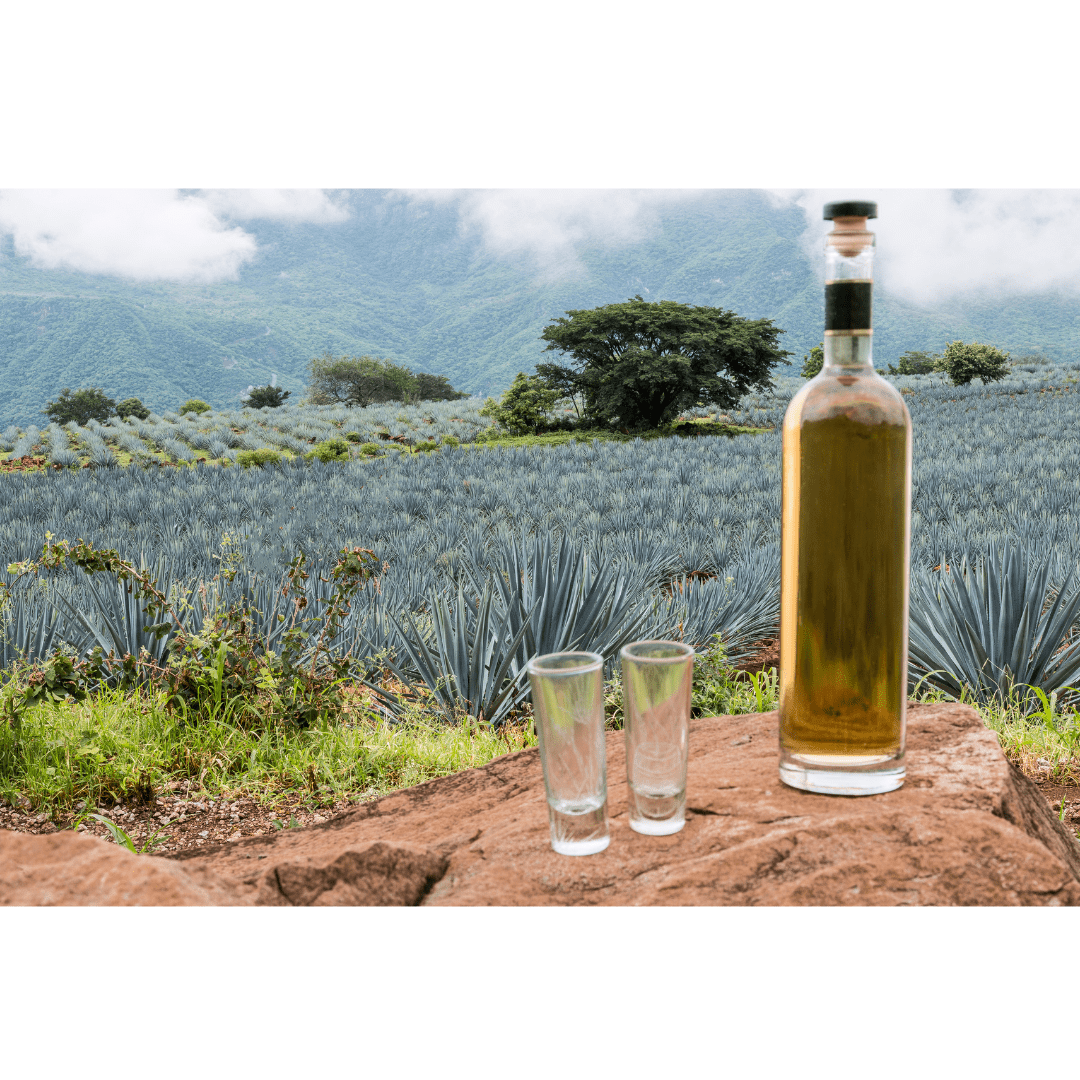Tequila, one of Mexico's most celebrated spirits, is a product of craftsmanship, tradition, and time. Made from the blue agave plant, this iconic beverage undergoes a detailed process before it reaches your glass. Whether you're a casual drinker or a tequila enthusiast, understanding the journey from agave to bottle can deepen your appreciation for this complex and versatile spirit.
In this post, we'll break down the tequila production process step-by-step, giving you a behind-the-scenes look at how tequila is made.
1. Harvesting the Agave Plant
The journey begins in the fields, where blue Weber agave plants are cultivated. These plants, native to specific regions in Mexico, particularly the state of Jalisco, take about 7 to 10 years to mature before they are ready for harvest.
- The Jimadores: Expert farmers called jimadores carefully trim the sharp, spiky leaves of the agave plant, leaving behind the heart of the plant, known as the piña. These piñas, resembling giant pineapples, are what will eventually become tequila.
2. Cooking the Piñas
Once harvested, the agave piñas are taken to the distillery, where they are split into halves or quarters and cooked. This step is crucial because cooking the piñas converts the raw agave's starches into fermentable sugars.
- Traditional Ovens: Many distilleries use traditional brick ovens (hornos) to slow-cook the agave over several days. This method gives tequila a richer, more complex flavor.
- Autoclaves: Some producers opt for faster cooking using autoclaves, which are high-pressure steam ovens. These cook the agave much quicker but can slightly alter the final flavor.
3. Extraction of Agave Juice (Mosto)
Once the agave has been cooked and softened, the next step is to extract the sweet agave juice, also known as mosto. This juice contains the sugars needed for fermentation.
- Crushing: Traditionally, the agave is crushed using a large stone wheel called a tahona, which presses out the juice from the cooked piñas. Modern distilleries may use mechanical shredders or mills to extract the juice more efficiently.
4. Fermentation
The extracted juice is then placed in large fermentation tanks, where it will transform from sweet liquid to alcohol. During this stage, natural or added yeast feeds on the sugars in the agave juice, converting them into alcohol. This process can take anywhere from a few days to a week, depending on the distillery.
- Fermentation Tanks: These tanks can be made from various materials, including stainless steel or wooden vats, each contributing its own subtle characteristics to the tequila's flavor.
- Wild vs. Cultivated Yeast: Some producers use natural wild yeast from the environment for fermentation, which can result in more complex flavors, while others use cultivated yeast for consistency.
5. Distillation
After fermentation, the liquid now contains alcohol but is still far from being tequila. The next step is distillation, where the liquid is heated to separate the alcohol from water and other components. Tequila is distilled at least twice to refine the alcohol content and remove impurities.
- First Distillation (Ordinario): The first distillation results in a cloudy liquid called ordinario, which has a lower alcohol content.
- Second Distillation: The second distillation purifies the liquid further, producing the clear tequila we’re familiar with. After this stage, the alcohol content is adjusted to the desired level.
6. Aging (or Not)
Once distilled, tequila may either go straight to bottling or be aged in barrels, depending on the desired type of tequila.
- Blanco (Unaged): Blanco tequila is bottled immediately after distillation (or rested for up to 60 days), offering the purest expression of agave flavor.
- Reposado (Aged 2-12 months): Reposado is aged in oak barrels for at least two months and up to a year, which mellows the flavor and adds notes of vanilla, caramel, and oak.
- Añejo (Aged 1-3 years): Añejo tequila is aged for at least one year in small oak barrels, developing deeper, richer flavors like chocolate, spice, and tobacco.
- Extra Añejo (Aged 3+ years): The most luxurious, Extra Añejo tequilas are aged for over three years, creating a rich, smooth spirit with complex flavors.
7. Bottling and Labeling
After aging (if applicable), the tequila is filtered and sometimes diluted with water to achieve the desired alcohol content. Finally, it is bottled and labeled according to Mexican regulations, which strictly govern the production and labeling of tequila to ensure its authenticity.
- 100% Agave vs. Mixto: Only tequilas labeled as 100% agave are made entirely from agave sugars, while mixto tequila contains up to 49% non-agave sugars (often corn or cane sugar). For the best quality tequila, always opt for 100% agave.
Final Thoughts: The Craft of Tequila Production
Tequila production is a meticulous process that combines centuries of tradition with modern techniques. From the careful harvesting of agave plants to the art of distillation and aging, every step plays a vital role in creating the flavors we love. Whether you prefer the crisp taste of Blanco or the rich complexity of Extra Añejo, understanding how tequila is made can enhance your appreciation for this beloved spirit.
So next time you enjoy a glass of tequila, you'll know the craftsmanship that goes into each sip—from the agave fields to the bottle.

